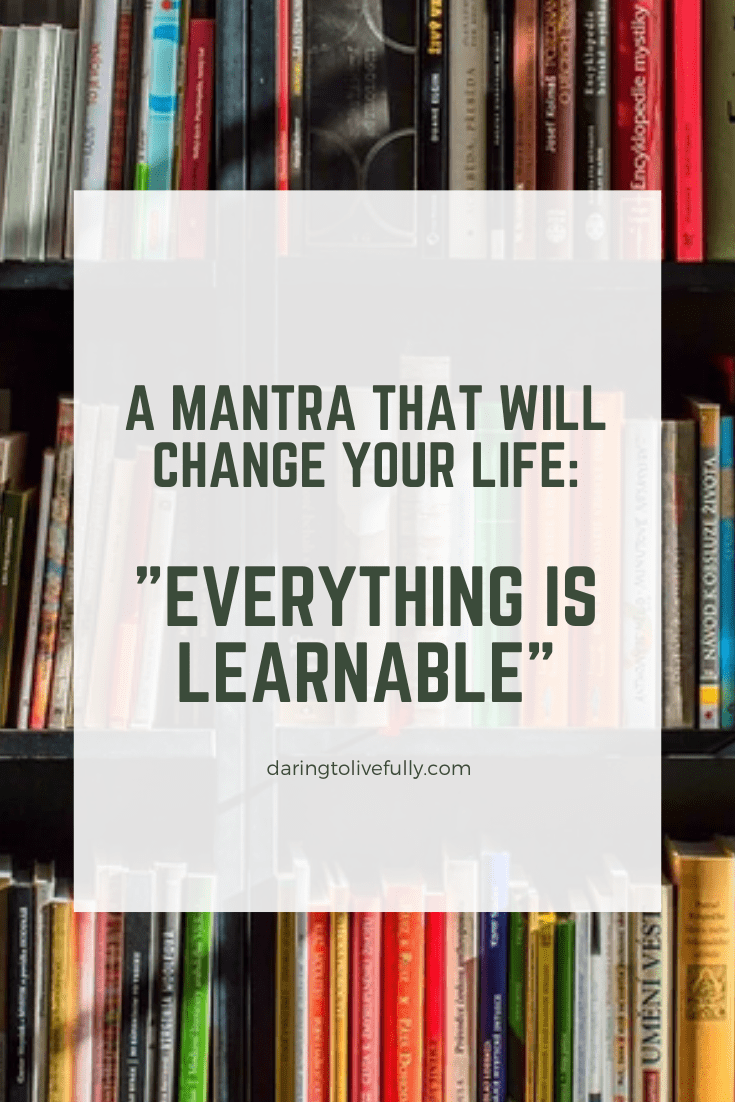
Change your life by making this your mantra: “Everything is learnable”.
Look at the following phrases:
- I wish I were. . .
- I wish I had . . .
- I wish I knew how to. . .
How would you conclude each of these phrases? There are hundreds of ways to do so, and nearly 100% of them are learnable. Below you’ll find some examples.
I wish I were. . .
1. I Wish I Were More Confident.
 According to psychologists, confidence is a learnable skill. Most confident people achieved their goal of becoming more confident by deliberately learning specific skills. These skills include the following:
According to psychologists, confidence is a learnable skill. Most confident people achieved their goal of becoming more confident by deliberately learning specific skills. These skills include the following:
- Displaying friendly body language;
- Understanding the format of carrying out conversations with new people; and
- Focusing on what the other person is saying instead of on how you’re being perceived.
Award-winning coach, mentor and speaker Dr. Ivan Joseph is the author of “You Got This: Mastering the Skill of Self-Confidence”. He explains that becoming more confident is all about repetition, repetition, repetition. Just as you would practice kicking a ball over and over again to become good at soccer, you can practice the actions that will make you more confident.
As an illustration, when Joseph has to give a speech in front of a large group of people, he practices his speech repeatedly. By the time he gives the speech he does so confidently become he’s already done it many times. That’s how he masters the skill of confidence.
2. I Wish I Were a Better Spouse.
Do you think you can learn to be a better spouse, or that being a good husband or wife is unteachable? Northwestern University in Evanston, Illinois, one the leading private research and teaching universities in the United States, would argue the former.
They have a course, Marriage 101, that relies on academic studies to teach their students how to have more fulfilling love relationships. The largest takeaway from the course is that fostering good relationships takes skills.
Here’s a quote from Alexandra Solomon, one of the professors teaching the course:
“We’re a very romantic culture, and it seems a little unromantic to talk about skill building and communication skills. But it’s important.”
Of course, loving your spouse matters, but knowing how to be a good spouse is just as important.
3. I Wish I Were A Good Parent.
You may think that parenting is simply an instinct. However, there are research-backed ways to raise kids well. And those good parenting skills can be learned.
I searched for “how to learn parenting skills” on Amazon, and I got the following results:
-
- “The Whole-Brain Child: 12 Revolutionary Strategies to Nurture Your Child’s Developing Mind”
- “Parenting Toolbox: 125 Activities Therapists Use to Reduce Meltdowns, Increase Positive Behaviors & Manage Emotions”
-
“Anger Management Workbook for Kids: 50 Fun Activities to Help Children Stay Calm and Make Better Choices When They Feel Mad”
In other words, these books will teach you the following skills:
- How to nurture your child’s mind.
- How to help your child manage their emotions.
- How to help your child stay calm.
Those are all skills that will make you a better parent.
4. I Wish I Were A More Effective Leader.
There’s an age-old debate on whether great leaders are born or made. There are many examples of leaders who came naturally to leadership. But there are also examples of people who developed their leadership skills through tenacity and experience. That is, they learned to be effective leaders.
This year my new mantra is: “Everything is learnable.”Click To Tweet5. I Wish I Were More Creative.
Creativity is often viewed as a quality that a person either has or doesn’t have. However, creativity is not a gift from the fickle gods. There are methods and techniques that can be learned that provide deliberate, systematic processes that result in innovative thinking.
One example of these methods is Edward de Bono’s lateral thinking, which forces the brain out of a purely analytical state. But there are many others. In fact, there are creative studies courses available in various universities around the world.
Just as you can learn critical thinking, you can learn creative thinking. Here’s a quote from the New York Times article linked to above:
“Once considered the product of genius or divine inspiration, creativity — the ability to spot problems and devise smart solutions — is being recast as a prized and teachable skill”
Have you always wished you were more creative? Sure, some people are more imaginative than others. But we can all learn to be more creative.
6. I Wish I Were Better at Math.
A lot of people–more women than men–tend to think that you have to be born with a special gene to do well in math. Well, scientists have concluded that there is no math gene. And a recent study found that boys are not better at math than girls.
In “A Mind for Numbers: How to Excel at Math and Science”, engineering professor Barbara Oakley explains how to effectively learn math and science. She explains that math is learnable. If you want to be good at math, you just have to apply the right learning strategies.
7. I Wish I Were Happy.
Science tells us that you can learn to be happy, just like you can learn to play the guitar, or learn a language. Books by positive psychologists show us how to acquire the skills necessary to be happy.
There are even courses taught at top universities, such as Harvard, that teach their students how to be happy. Yale has a Massive Online Open Course (MOOC) on The Science of Wellbeing in which they explain that you can become happier by learning and applying psychological science.
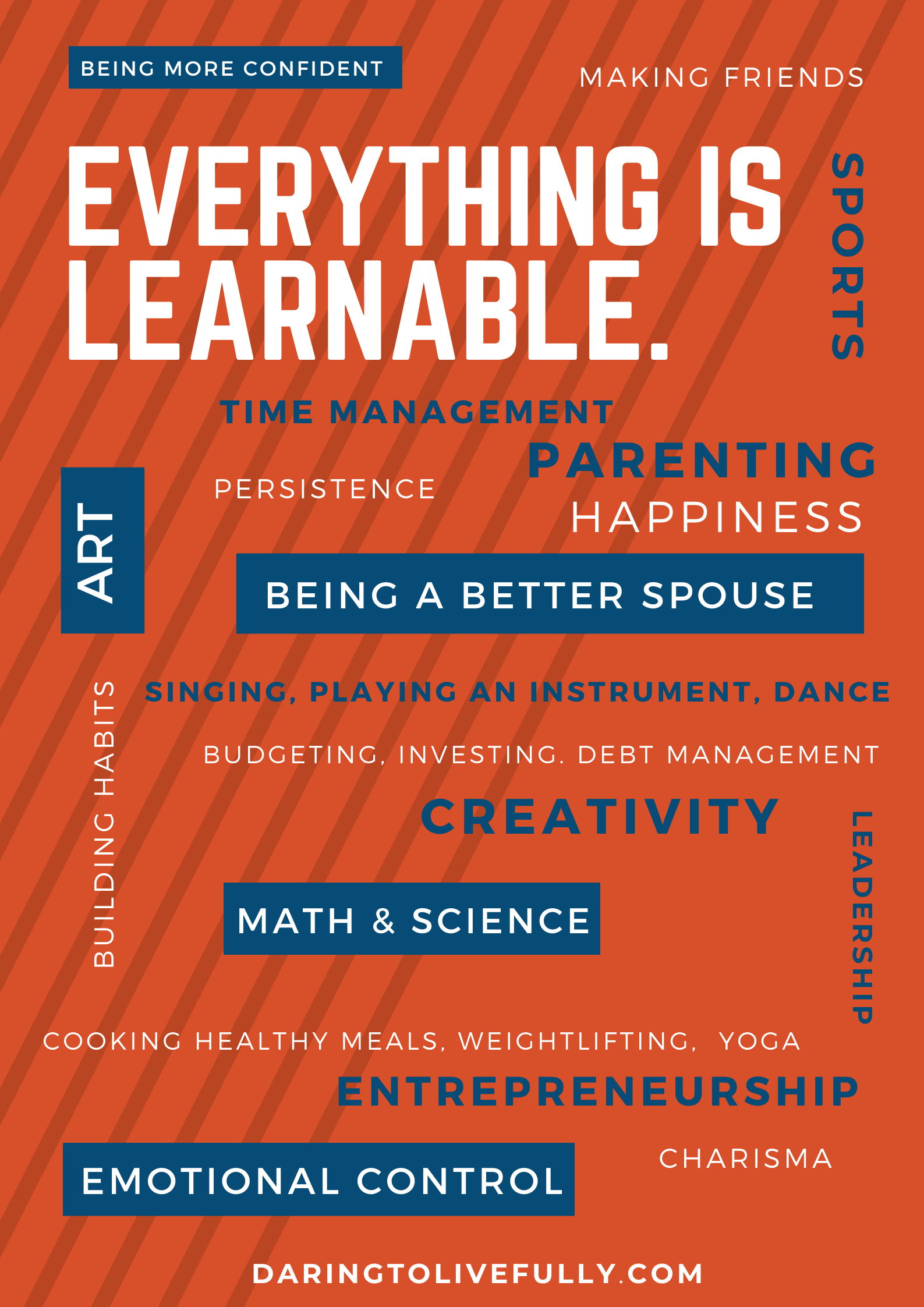
I wish I had:
8. I Wish I Had More Friends.
Making friends is a social skill. Friendship skills include starting conversations (speaking and dialogue skills); listening; cooperation; emotional regulation; and being aware of the emotions of others.
As an illustration, here are three books you could use to learn the skill of making friends:
- “The Social Skills Guidebook: Manage Shyness, Improve Your Conversations, and Make Friends, Without Giving Up Who You Are”
- “4 Essential Keys to Effective Communication in Love, Life, Work–Anywhere!: A How-To Guide for Practicing the Empathic Listening, Speaking, and Dialogue Skills to Achieve Relationship Success”
- “The Like Switch: An Ex-FBI Agent’s Guide to Influencing, Attracting, and Winning People Over”
So, if you want to make new friends, learn how.
9. I Wish I Had More Money.
There are several different money skills–such as starting a side hustle, budgeting, investing, and managing debt–that will allow you to make, keep, and grow your money. And they’re all learnable.
10. I Wish I Had My Own Business.
Some people believe that there are those who are cut out to be entrepreneurs, while others have no other choice but to be employees their whole lives. The truth is that entrepreneurship is a skill, and anything that is a skill can be learned. More precisely, it’s a cluster of skills.
The skills that you need to learn in order to be an entrepreneur include resource allocation, project management, problem solving skills, selling, time management, and strategic planning.
11. I Wish I Had A Good Contact Network.
Creating a good contact network involves skills such as building a brand, delivering your message simply and clearly, and relationship building. All of which are learnable.
12. I Wish I Had Better Health.
Would you believe that a lack of skills could be the root cause of your health problems? After all, if your poor health is due to bad eating habits, a lack of exercise, and too much stress, learning the right skills could help you with all of these.
You can improve your health by learning the following skills:
- Stress management.
- Cooking healthy meals.
- Yoga or Tai Chi.
- Weightlifting.
13. I Wish I Had Inner Peace.
Inner peace is something else that can be attained by learning different skills, including meditation, anger management and emotional control, present-moment attention, nonjudgmental acceptance, and managing your internal dialogue (or keeping your monkey mind in check).
I wish I knew how to:
14. I Wish I Knew How to Play Tennis (or any other sport).
Greg Glassman, cofounder of CrossFit, has the following to say: ”Regularly learn and play new sports.” By learning to play new sports you’ll be testing out your fitness level.
Playing a new sport will allow you to identify mobility/flexibility issues that need to be addressed, whether your cardio-vascular fitness is up to par, if there are certain muscles that you’ve been neglecting, and if you need to work on your balance and/or coordination.
If you discover that you have a problem in any of these areas, you can simply develop a plan for correcting those problems. This makes any sport learnable.
15. I Wish I Knew How to Draw (or carry out any other artistic skill).
John Gadsby Chapman wrote the following in his 19th-century instruction manual, “The American Drawing-Book”:
“Anyone who can learn to write, can learn to draw.”
If you learned the skill of writing, you can learn the skill of drawing. In fact there’s research that shows that taking an introductory class in drawing or painting literally alters students’ brains. These changes improve fine motor control and other technical capacities needed to carry out these artistic skills.
16. I Wish I Knew How to Adopt Good Habits.
Having a skill is when you have the knowledge, ability, and experience to carry out a task with predetermined results. Using this definition, adopting good habits is a skill that can be developed.
In fact, you can find tons of articles, books, and even courses along the lines of “how to adopt positive habits”. Once you’ve learned how to create new habits, you can continue applying your newly acquired skill to adopt more good habits.

17. I Wish I Knew How to Give Presentations.
Here’s a great joke by Jerry Seinfeld about public speaking:
“I read a thing that actually says that speaking in front of a crowd is considered the number one fear of the average person. I found that amazing – number two was death! That means to the average person if you have to be at a funeral, you would rather be in the casket than doing the eulogy.”
Nonetheless, I can tell you from personal experience that public speaking is a skill that anyone can learn. When I was in college, I was embarrassingly bad at public speaking. Embarrasingly. Bad.
Now I’m very good at giving presentations (and it’s something I even enjoy). How? Because I learned how to give presentations. That is, I’ve acquired the skill of public speaking.
In the article, Conquering Public Speaking: From Zero Experience to World Championships in Seven Months, Tristan de Montebello explains how he went from having almost no experience in giving public speeches, to giving world-class speeches, in just a few months.
He indicates that if he can leave his readers with one lesson it would be the following: “Public speaking is a skill. Learning it will change your life.”
18. I Wish I Knew How to Write Persuasively.
Writing is a skill that can be learned and improved through deliberate practice, like any other skill. It involves learning to write clearly and concisely, establishing a clear structure, and making your writing more engaging to your audience.
19. I Wish I Knew How to Play a Musical Instrument.
One of the reasons that many adults shy away from learning to play a musical instrument is that they believe it’s too late. However, neuroscientists and music teachers alike say that it’s never too late to learn to play a musical instrument.
In fact, it’s a good idea to learn to play an instrument as an adult. It’s great mental exercise and can keep brain cells alive that would otherwise wither and die.
20. I Wish I Knew How to Code.
Avi Flombaum, co-founder and dean of the Flatiron School, a 12-week coding academy, explains that anyone can learn to code in the same way that anyone can learn to read and write. That’s not to say that learning to code is easy; you’ll be embracing a whole new way of thinking. But anyone who is willing to put in the work can learn to code.
If you need further convincing that everyone can learn to code, I think the video below will do the trick:
Conclusion
If you want to learn something, go learn it. You don’t need anyone’s permission (except for your own). Live your best life by understanding that everything is learnable. Make it your new mantra!





Related Posts:




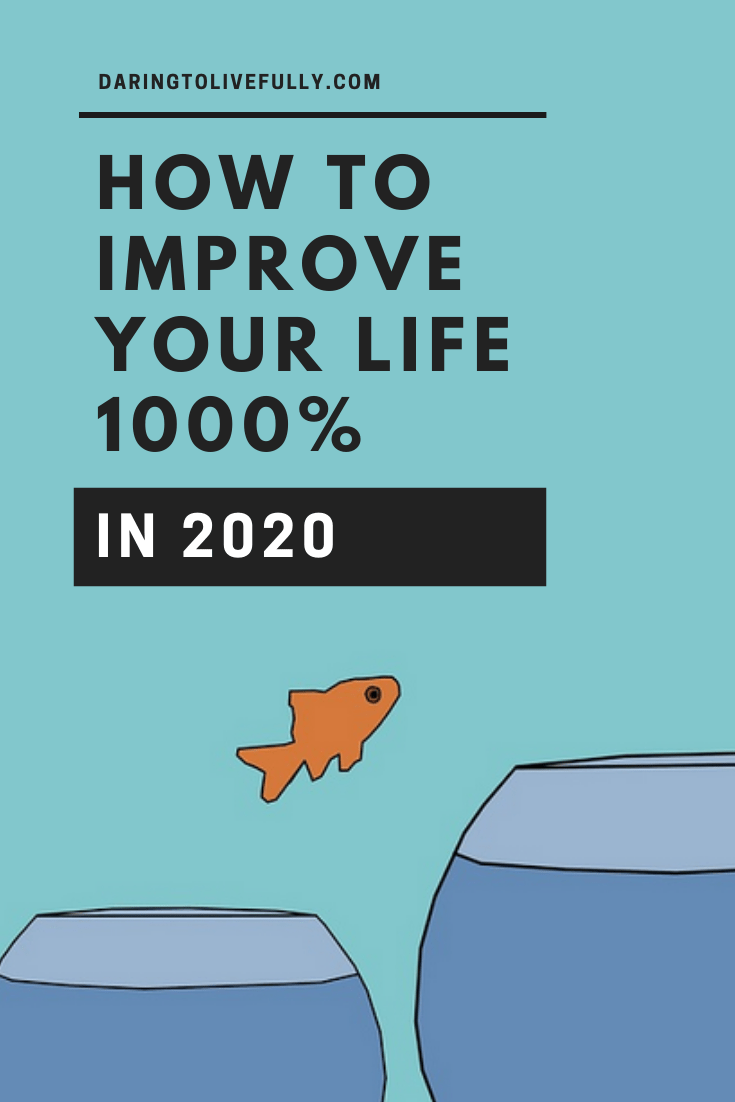


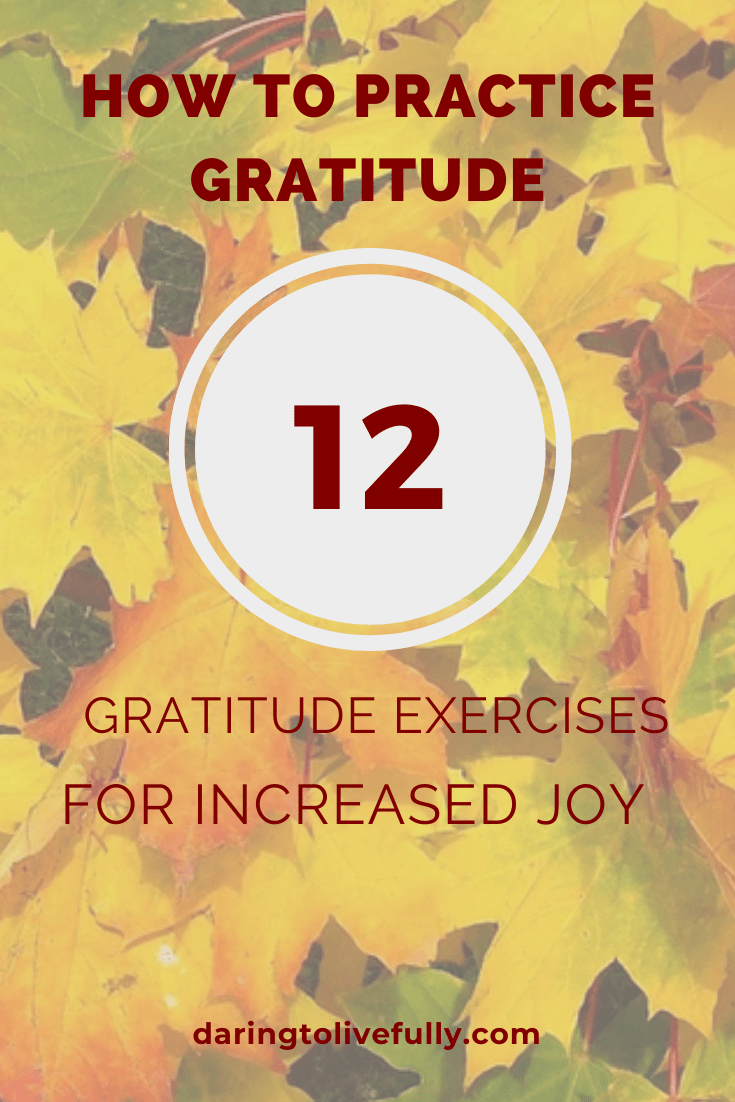
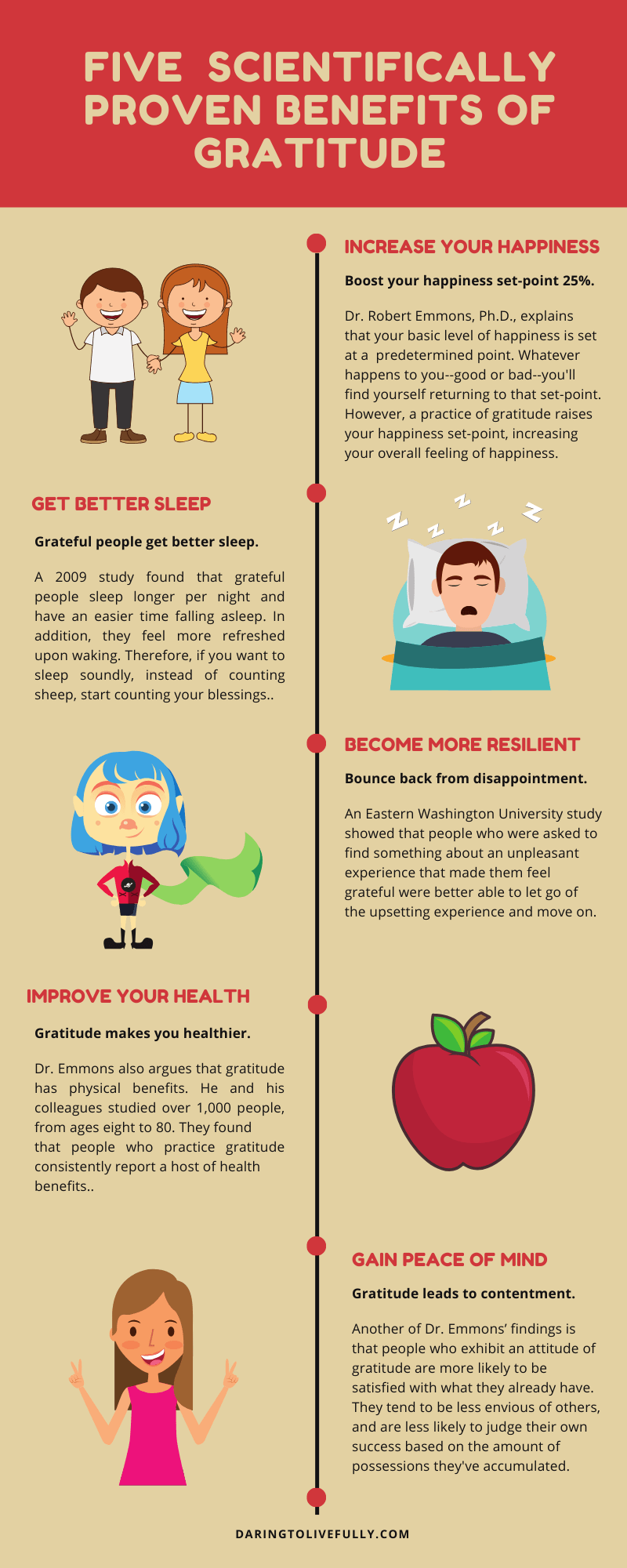


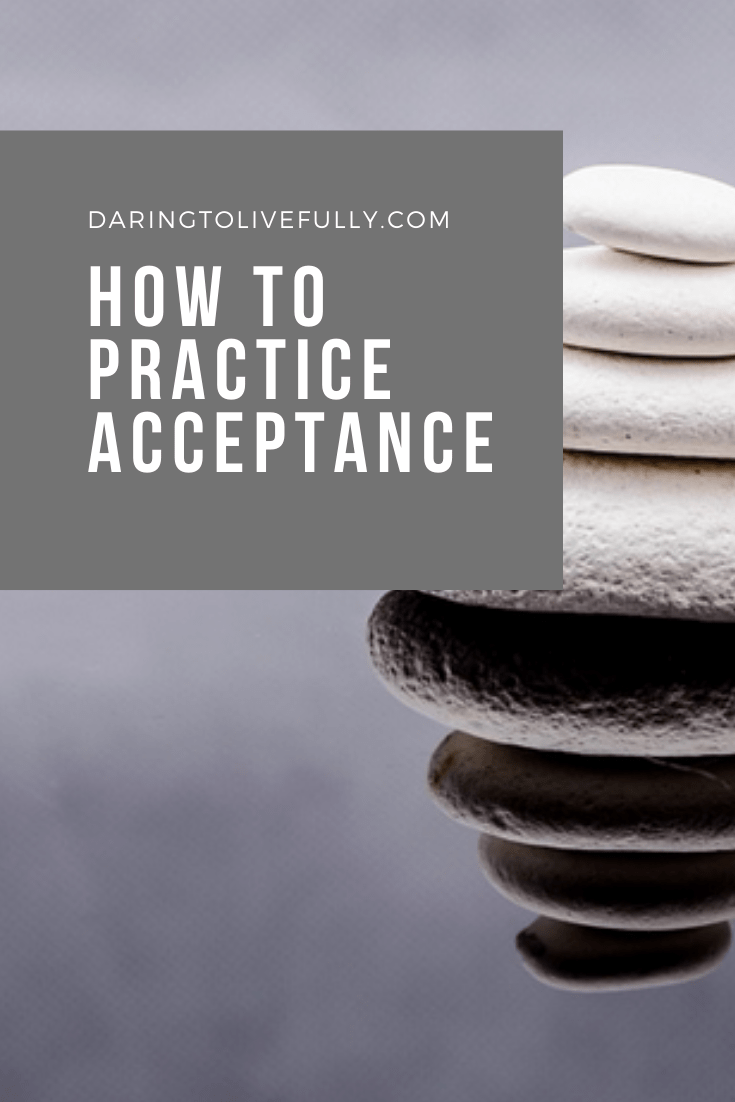


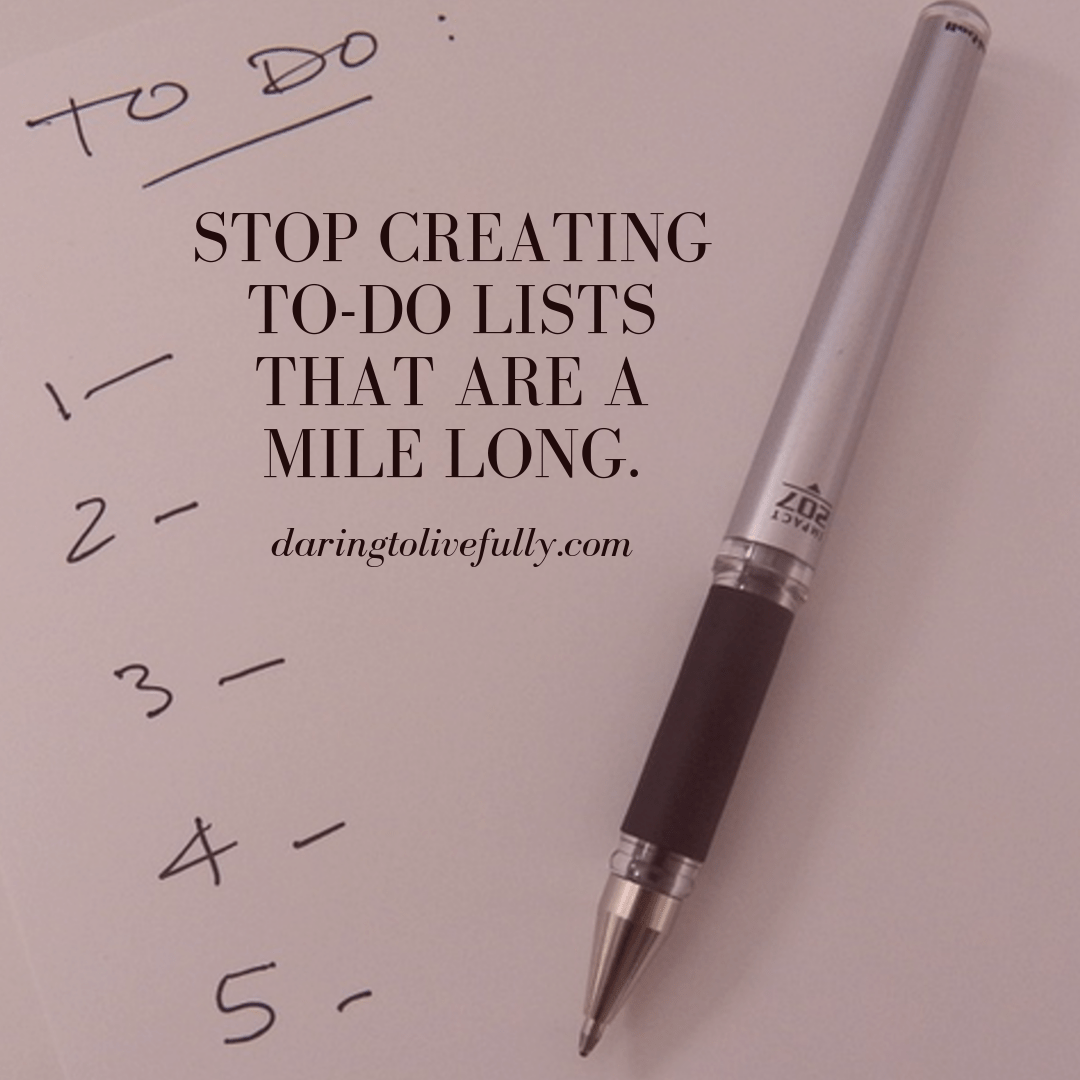

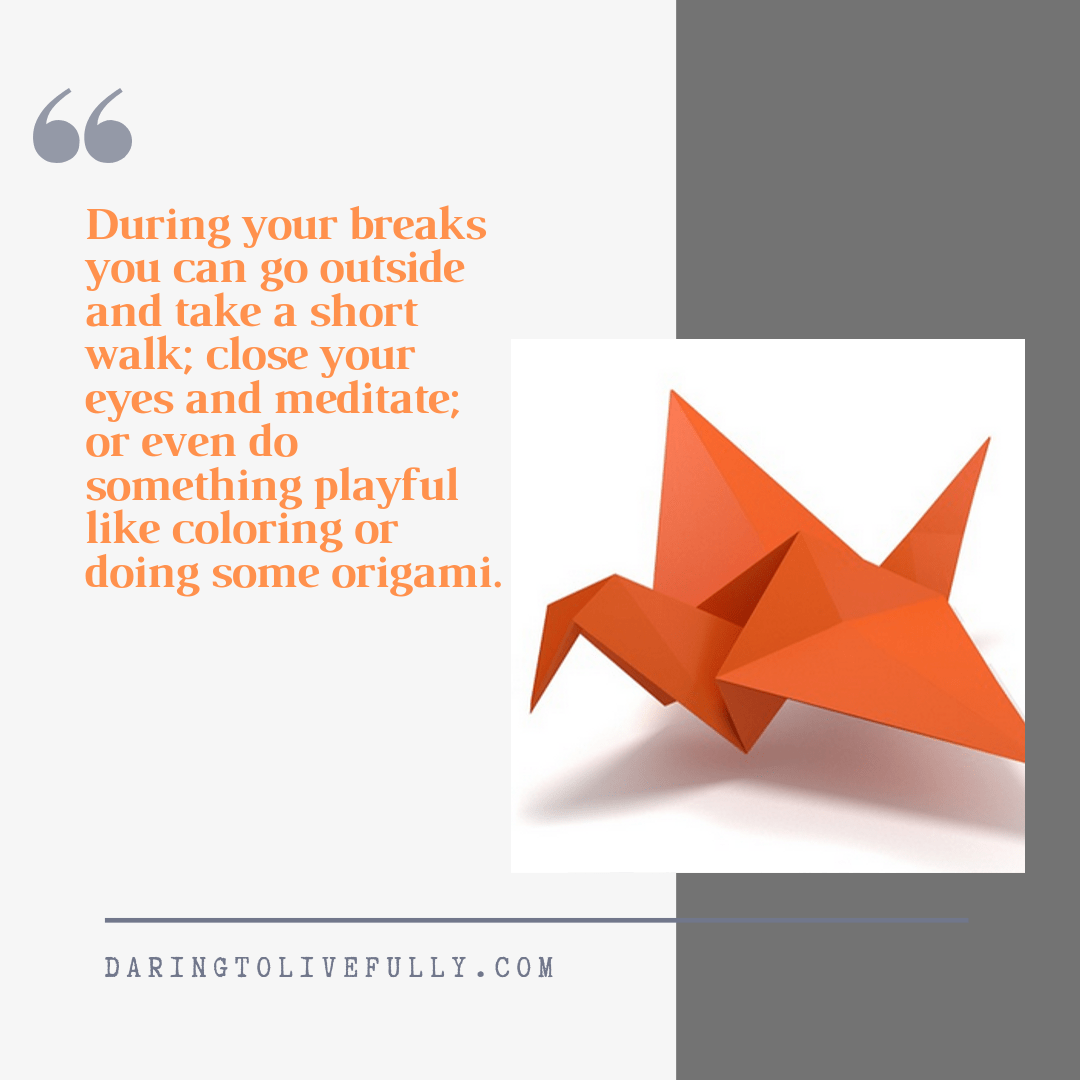
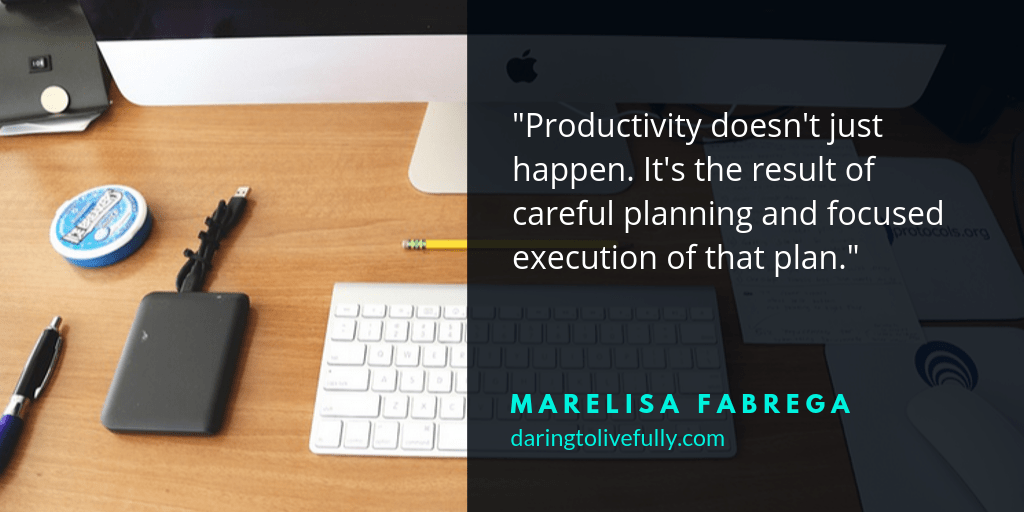
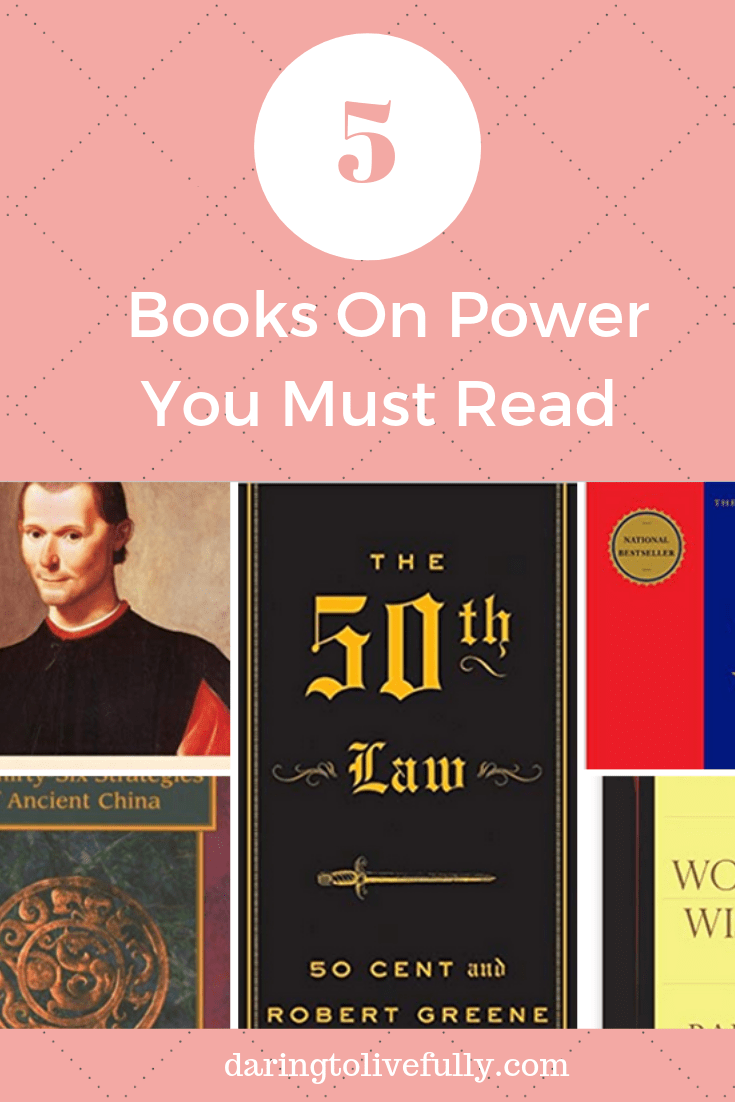
 “
“
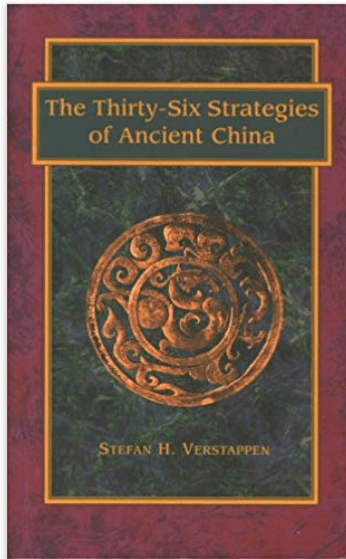 “
“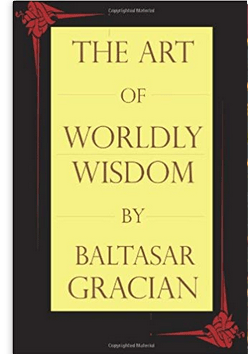 “
“ A while back I watched a video of a group of
A while back I watched a video of a group of 

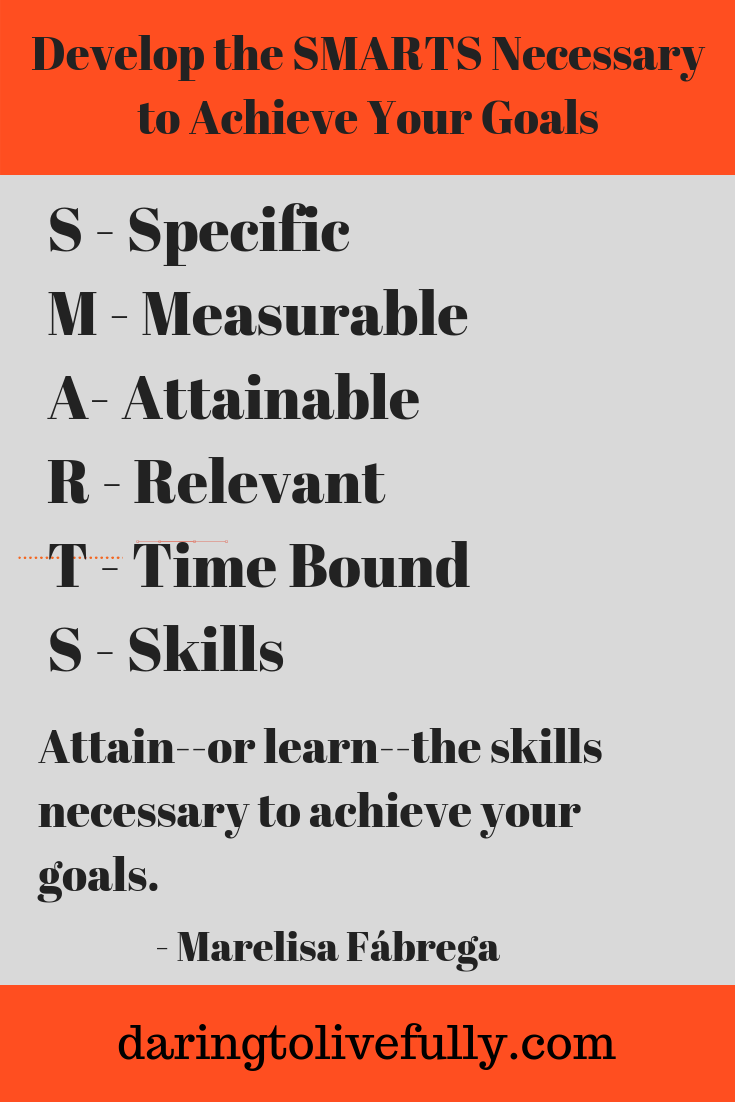

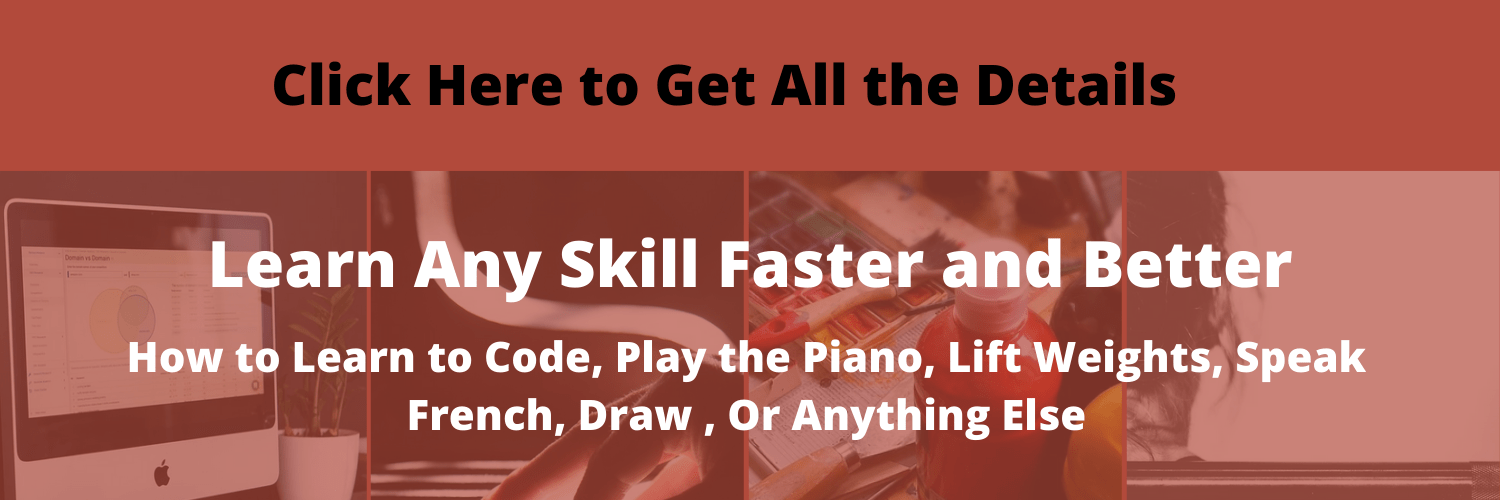
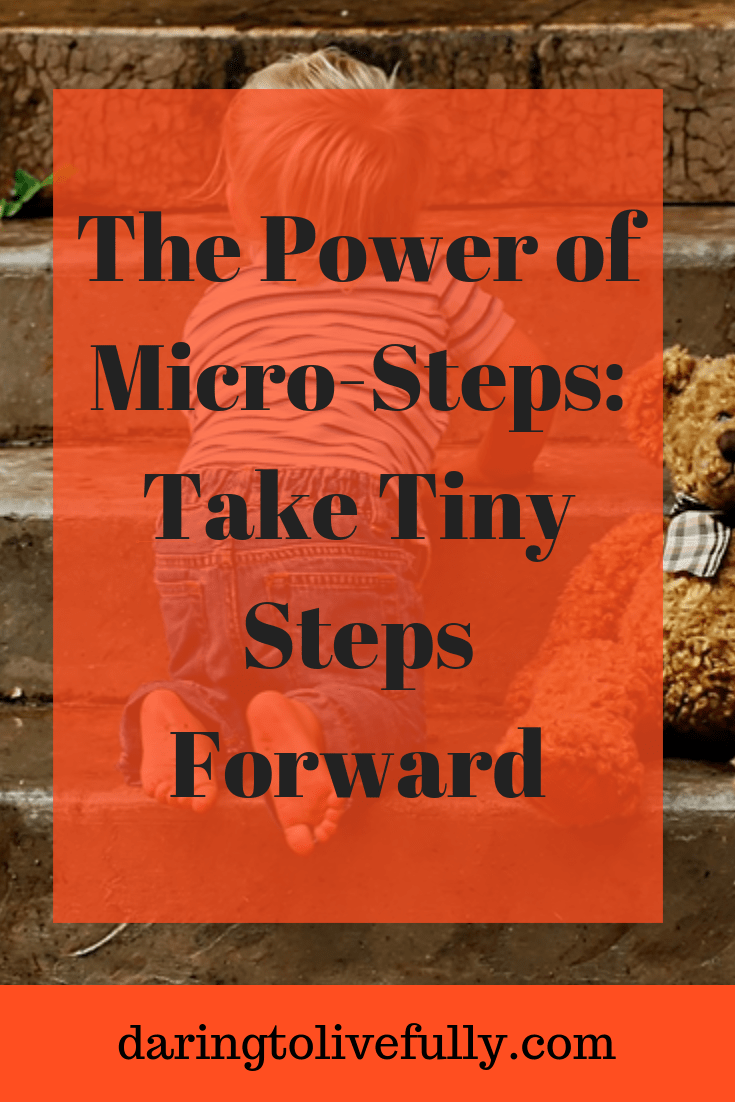
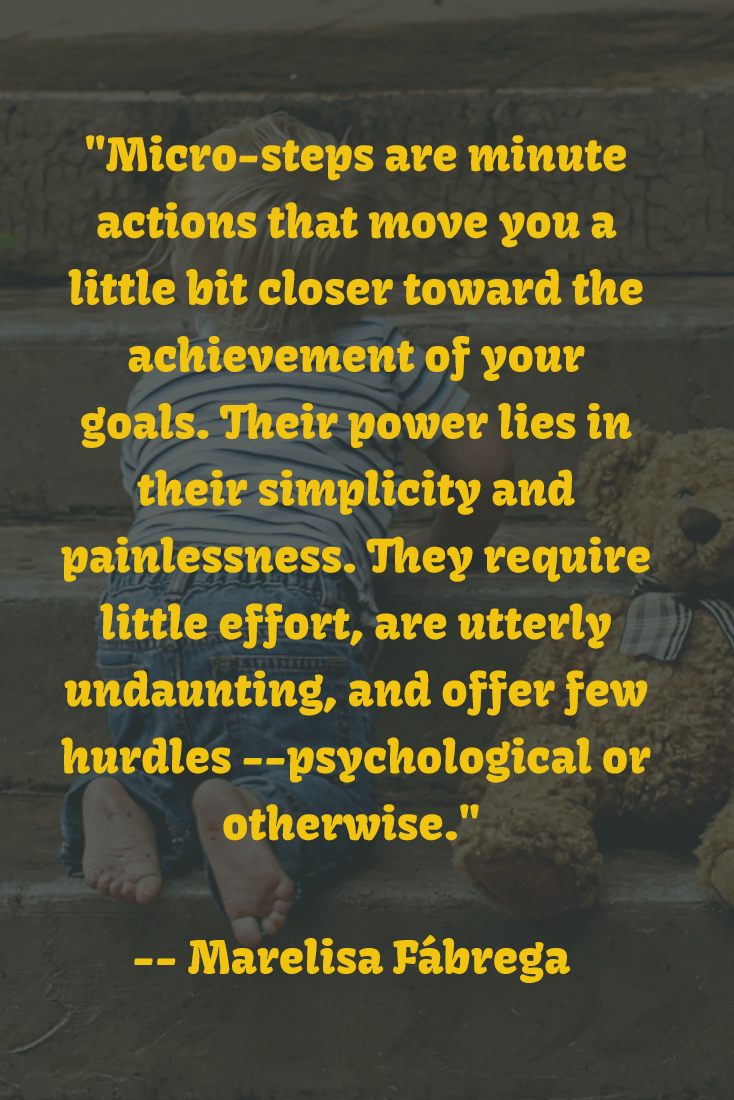
 Marelisa Fabrega is a lawyer and entrepreneur. She holds a Bachelor of Science in Business Administration from Georgetown University in Washington, D.C., as well as a Juris Doctor from the Georgetown University Law Center. You can learn more about her
Marelisa Fabrega is a lawyer and entrepreneur. She holds a Bachelor of Science in Business Administration from Georgetown University in Washington, D.C., as well as a Juris Doctor from the Georgetown University Law Center. You can learn more about her 





